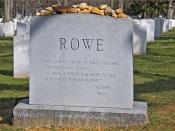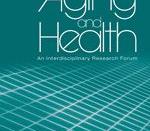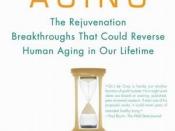Section I: Overview of Successful Aging
When I was sixteen years old, my father was notified by the company he worked for that his retirement plan had been reformulated. What this meant, in reality, is that the little money he had managed to tuck away was gone. After working over 35 years for the same company, he was in effect, robbed of his retirement savings. He received a retirement check of about $5000 to settle the account.
That's when I began planning for my retirement. I knew then that you had to have money to retire. I learned later that you need more than just money. My parents were able, with the assistance of their children, to enjoy several years of successful retirement. Within a few years, however, my parents, like so many others, were affected by a myriad of health problems. My father was developed cataracts, was infected with lime disease and later died from a massive coronary failure.
My mother was stricken with shingles and now suffers with progressive Parkinson's disease. While we were able to provide them with financial security, their success was short-lived and limited.
Successful aging requires much more than financial security. Physical and functional health are the most vital factors of successful aging. Without these, other factors, such as high cognitive functioning and active involvement in society, are more difficult to achieve and maintain. These are the combination of factors used to define successful aging. (Hooyman, Kiyak).
According to Dr. Teresa Seeman Professor, UCLA Schools of Medicine and Public Health, the factors that most strongly affect our lives as we age are not financial at all. They are high level of engagement with life, low risk of disease, high physical and cognitive function levels. Dr. Seeman identifies social engagements that involve physical activity as...


